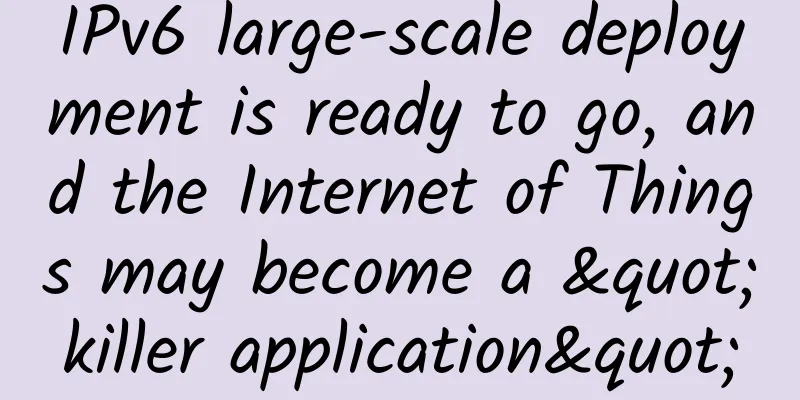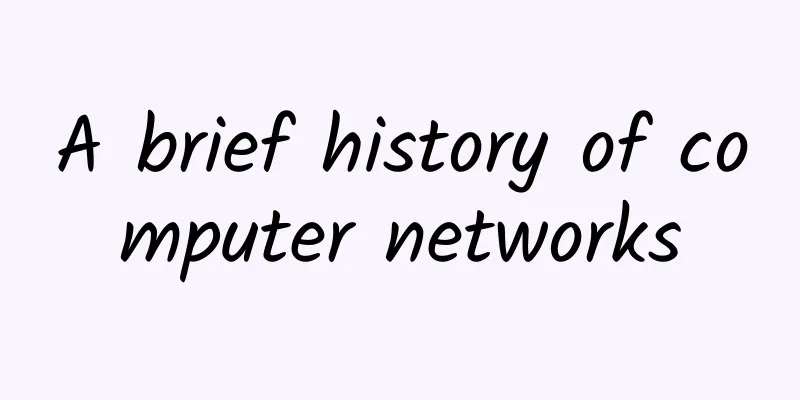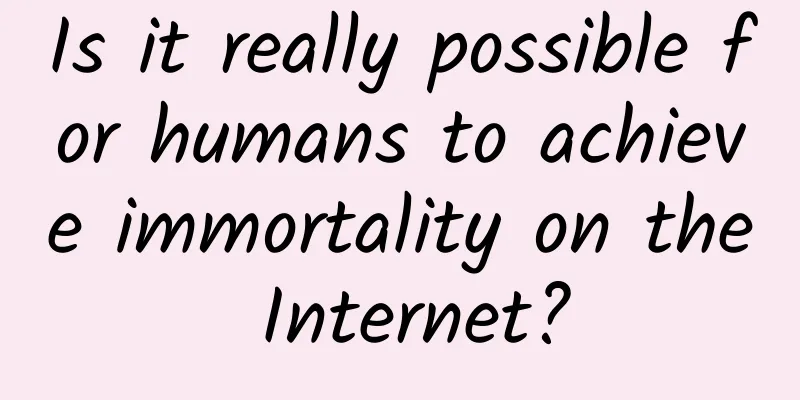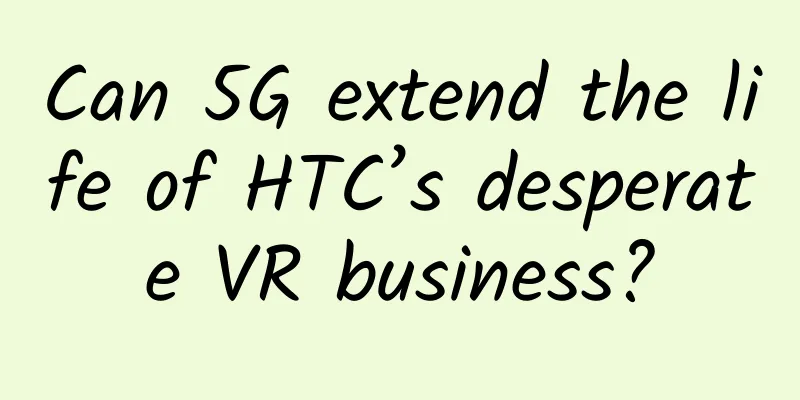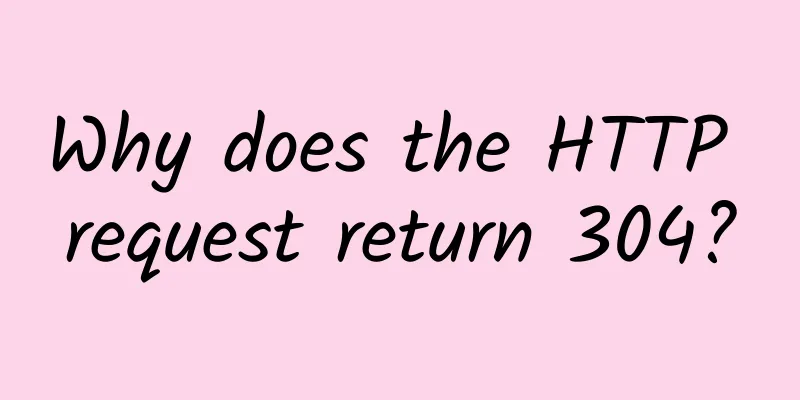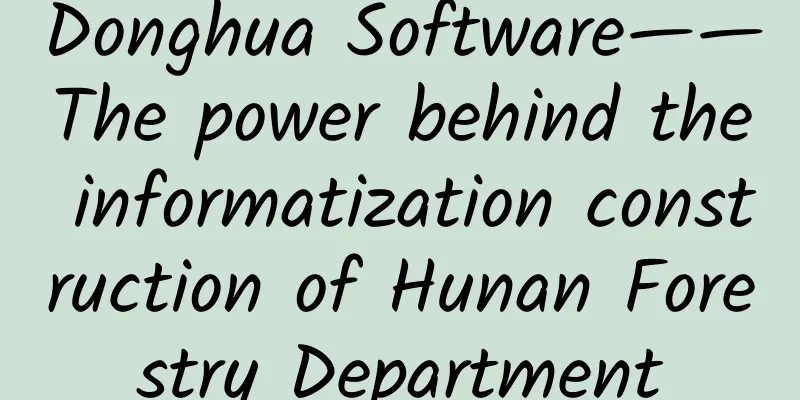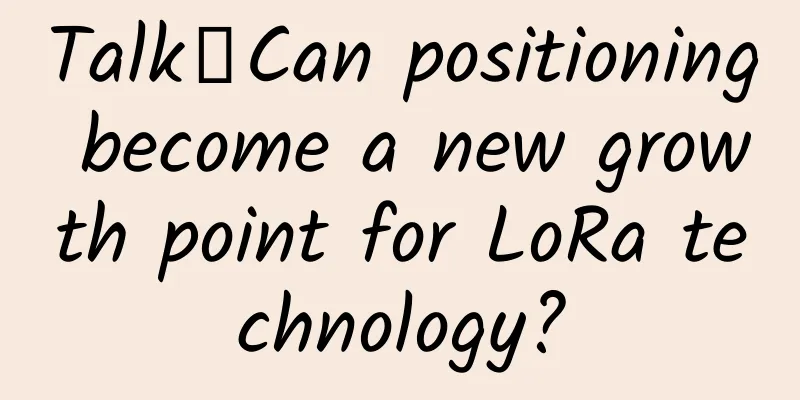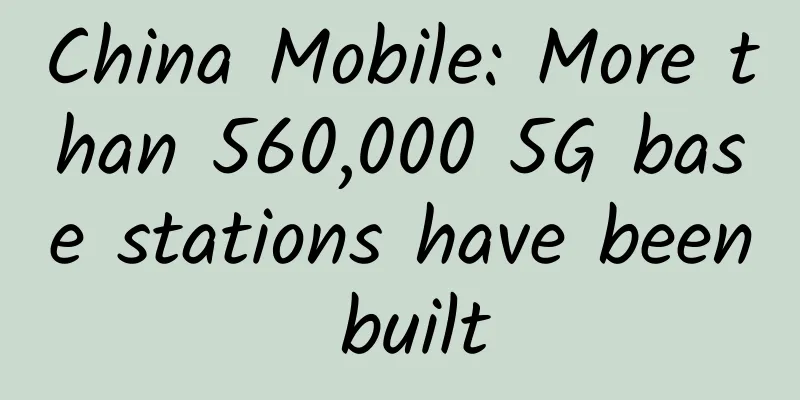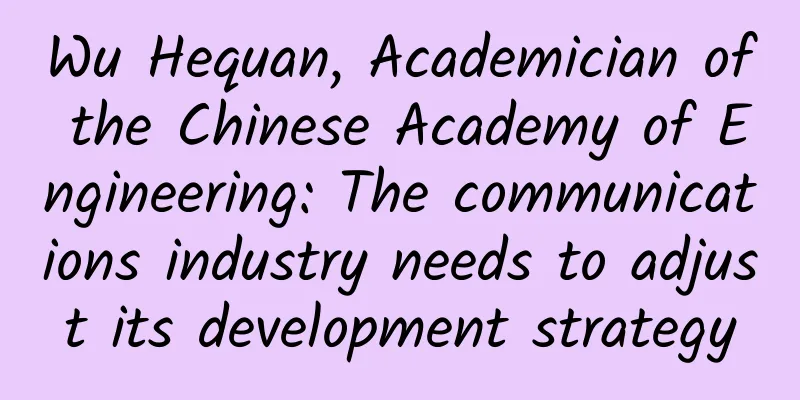Illustrated Network: The principle behind the TCP three-way handshake, why not two-way handshake?
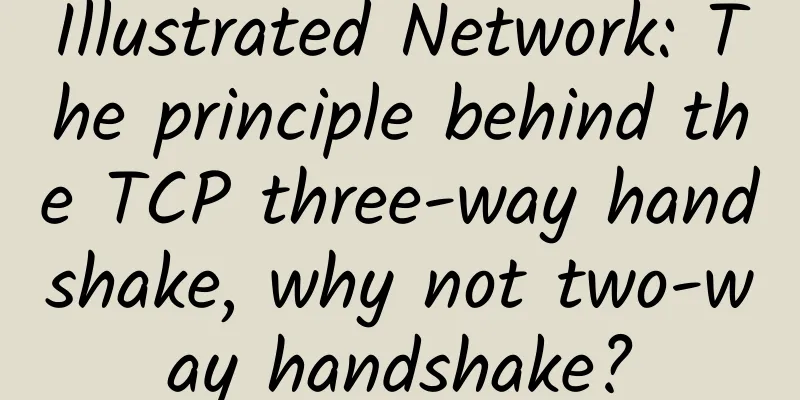
|
TCP is one of the main protocols of the Internet protocol suite. It is located between the application layer and the network layer and is used to provide reliable connection services. It is a connection-oriented communication protocol that helps to exchange messages between different devices over the network. When talking about TCP, we must mention the TCP three-way handshake. This is the core of the TCP connection core. So what is the process of the TCP three-way handshake and what excellent design features does it have? Today, Rui Ge will explain it to you in a graphic way. Let’s get started. What is TCP?
TCP is a connection-oriented protocol that ensures that data is delivered intact to its destination. TCP first establishes a session with the TCP port on each host by using the TCP three-way handshake. Then it transmits data in the form of packets. Each packet has a sequence number. When a packet is received at the destination, TCP generates an acknowledgment to the sending host. If a packet in the sequence is not received, TCP on the sending host retransmits the packet after a certain time interval. TCP three-way handshakeTCP will have three handshake processes during the establishment and closing of the connection between two devices, that is, it takes three steps to establish and close the connection. Let's take a detailed look at these three processes. Three-way handshake in lifeLet's first use an example from life to illustrate the three-way handshake process: Three-way handshake in life Xiao Ming wants to call Xiao Mei, but he is not sure if the other party is Xiao Mei, so he will go through the following process:
After three handshakes, Xiao Ming can clearly confirm that the other party is Xiao Mei, which is very reliable! If there is only one handshake, then after Xiao Ming asks "Hello, are you Xiao Mei?", Xiao Ming is not sure whether the other party has received this greeting, let alone whether the other party is Xiao Mei. If there are only two handshakes, then after Xiao Ming receives Xiao Mei's reply "Yes, I am Xiao Mei.", Xiao Mei does not know whether Xiao Ming has received her reply, so she is not sure whether to communicate with the person who asked her on the phone next. So the three-way handshake is just right. Three-way handshake from a professional perspectiveLet's take a look at the professional three-way handshake. Professional terms involved in the three-way handshakeServer: A server is a physical computer dedicated to running services to meet the needs of other computers. Client-Server
SYN packet capture ACK: Acknowledgement, which can be said to be a response to SYN. If ACK is 1, the device has received the SYN message and confirmed it, otherwise not. ACK packet capture Three-way handshake stepsThree-way handshake steps Step 1: The client sets the SYN flag to 1 and sends a message to the server. Step 2: The server acknowledges the client request by setting the ACK flag to 1. Step 3: After the client receives the synchronization (SYN) from the server, it sends an acknowledgment (ACK) to the server. After getting (ACK) from the client, the connection between the client and the server is established and now data can be transferred between the client and the server. More detailed processA more detailed process of the three-way handshake Step 1: The TCP client sends a TCP SYN packet to the server to start the connection. The packet contains a random sequence number n, which indicates the beginning of the sequence number of the data that the client should transmit. Step 2: The server receives the data packet and responds with its sequence number (m). Its response also includes an acknowledgment number, which is the client's sequence number plus 1, here n+1. Step 3: The client responds to the server by sending a confirmation number, which is the server's serial number plus 1, here m+1. TCP three-way handshake packet capture analysis No matter how many theories there are, they are all in vain without practice, so the best way to verify our theory is to capture the packet and look at the TCP three-way handshake process. TCP three-way handshake packet capture analysis As shown in the figure, the host 172.16.16.128:2826 and the host 212.58.226.142:80 establish a three-way handshake process:
This is the detailed three-way handshake message. I think at this moment, everyone can open their own wireshark packet capture tool to experience the magic of TCP three-way handshake. TCP WindowWhen you look at the Wireshark packet capture screenshot in the above picture, you must have noticed the word Win=8192, which is the TCP window. The client sends a bunch of data to the server, and the server verifies all packet-level checksums and sends an ACK packet indicating that everything was received correctly. If not everything was received, some or all of the data will need to be retransmitted. Each device maintains a buffer of all the data in case it needs to be sent again. Receiving an ACK packet means the device can flush the old data out of the buffer. TCP Window The TCP window is the maximum number of bytes that can be sent before receiving an ACK. If the network is unreliable, it is better to set the TCP window smaller so that if problems occur, very large data will not have to be retransmitted. TCP also has an excellent design, which is the sliding window. That is, the device can dynamically change the window size, reducing the window in congestion and enlarging the window in normal times. Other parametersThe packet capture screenshot contains not only the TCP window, but also other parameters:
Why TCP cannot establish a connection through a second handshakeWe need to know that for Server and Client to establish a connection, the following four conditions must be met:
The four conditions seem to be very complicated, but in fact, they are:
TCP is a two-way communication protocol, which means that either end should be able to send data reliably, so the three-way handshake is just right. |
<<: I would like to say a few more words about this communication failure...
>>: Understanding Internet Protocol Security — IPSec
Recommend
spinservers: San Jose/Dallas high-end servers starting from $79/month, 10Gbps bandwidth, support Alipay/WeChat
spinservers sent a promotional plan for this Chri...
Operators have confirmed: The first generation of 5G mobile phones can only use 4G networks
Recently, the inability of NSA 5G phones to conti...
[Black Friday] ITLDC: Unlimited traffic VPS annual payment 40% off €22.98/year, 15 data centers in the United States/Singapore/Netherlands/Ukraine, etc.
ITLDC's Black Friday promotion targets regula...
China Unicom and Huawei jointly launch innovation to build differentiated advantages in 5G-A
[Barcelona, Spain, February 26, 2024] Huawei an...
Wu Hequan, Academician of the Chinese Academy of Engineering: 5G new infrastructure faces five major challenges
At the "5G and Network Development Strategy ...
Regarding number portability in my country, you should pay attention to these 7 pieces of information conveyed by the Ministry of Industry and Information Technology
Throughout 2019, there are actually two important...
A article about connection and socket
In the TCP/IP protocol, a connection is usually c...
RAKsmart recharge big gift: popular VPS host $0.99/month, flash sale server $30.62/month
RAKsmart has launched a promotional event for the...
China Telecom's Zhang Xin: 5G network co-construction and sharing faces three major challenges
[[408214]] On June 30, at the "5G Co-constru...
Wenku: 5G terminal connections have exceeded 200 million
On December 24, 2020, at a press conference held ...
DesiVPS: Los Angeles 1Gbps unlimited traffic VPS from $18.99 per year, India/Netherlands VPS from $20 per year
DesiVPS has released the latest promotional packa...
Qianxinan Prefecture: Green "optical" network, a new style of government office
On a normal working day, sunlight shines through ...
The Ministry of Industry and Information Technology has released a number of new 5G standards, covering core networks, slicing, 5G messaging, etc.
Recently, the Ministry of Industry and Informatio...
Five ways 5G will change manufacturing
5G could help realize the ideal of modular factor...
Huawei releases next-generation CloudLink video conferencing solution
[Beijing, China, September 6, 2019] Huawei held a...
